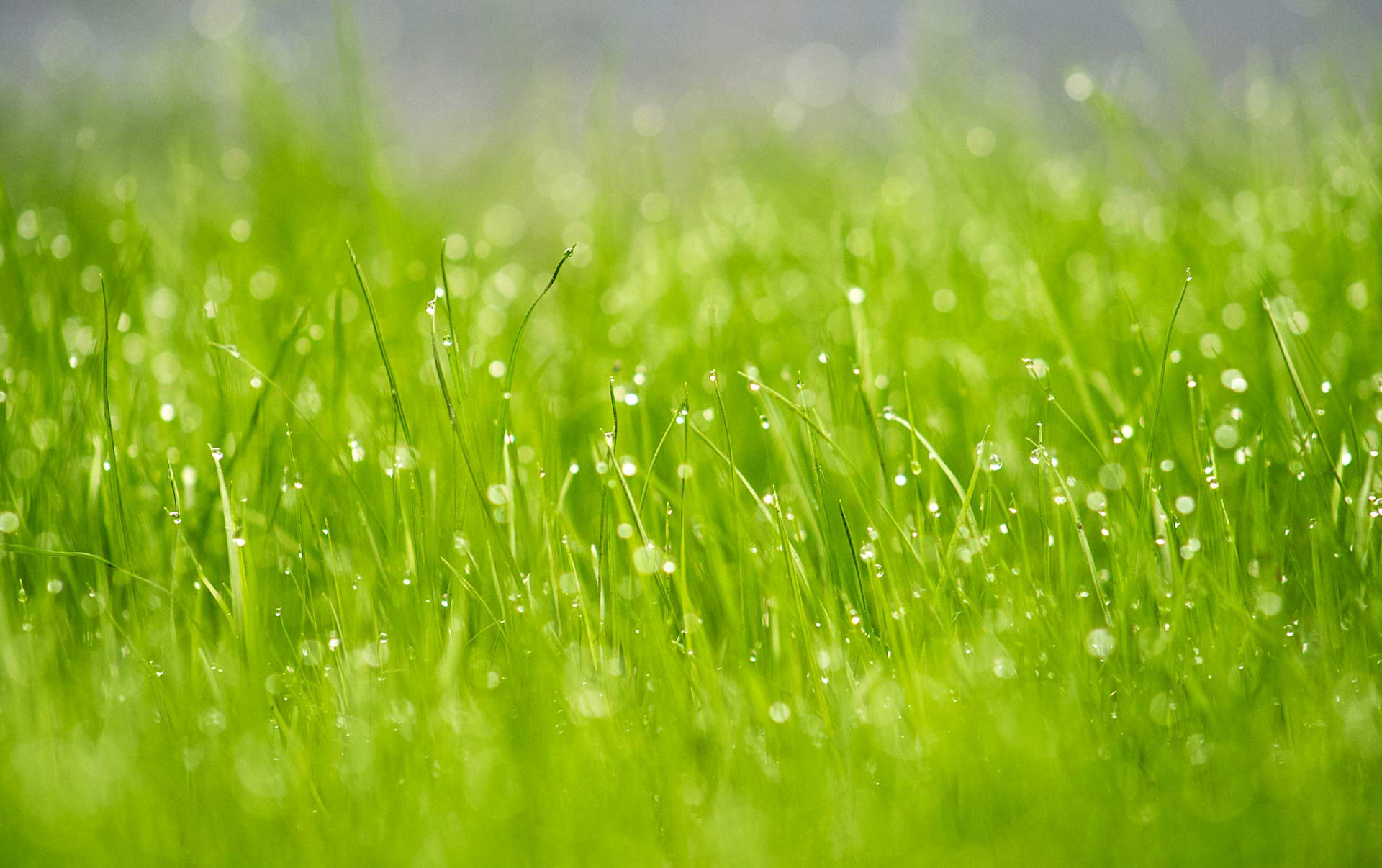Upgrading Your Old Sprinkler System for Efficiency

The importance of efficient water usage has become increasingly prominent in today’s world, where water conservation is not just an environmental concern but also a financial one. Traditional sprinkler systems, often installed in homes and commercial properties, are notorious for their inefficiency. Many of these older systems lead to excessive water usage due to outdated technology and lack of precise control. Upgrading your old sprinkler system can significantly reduce water waste, contribute to environmental conservation, and lower your water bills.
Before diving into upgrades, it is crucial to evaluate your current sprinkler system. This evaluation should focus on the age of the system, the type of sprinklers used, coverage areas, and any signs of malfunction such as leaks or uneven watering. Understanding the current state of your system is pivotal in determining the necessary upgrades. In many cases, systems that are decades old will benefit significantly from modern technology.
Modern sprinkler systems have embraced technology to offer more precise and efficient watering solutions. Features like smart controllers, soil moisture sensors, and efficient sprinkler heads are becoming standard in the industry. These technologies aim to provide just the right amount of water, exactly when and where it’s needed, thereby reducing waste and improving the health of your lawn or garden.
Smart Controllers: The Brain of Your Sprinkler System
What Are Smart Controllers?
Smart controllers are an innovative leap in sprinkler system management. They replace traditional timers with intelligent systems capable of adjusting watering schedules based on various environmental factors. These controllers use local weather data, soil conditions, plant types, and even evaporation rates to determine the optimal watering schedule for your landscape.
Benefits of Upgrading to Smart Controllers
The primary benefit of upgrading to a smart controller is significant water savings. By tailoring the watering schedule to the specific needs of your landscape and responding to real-time weather conditions, smart controllers eliminate unnecessary watering. This not only saves water but also promotes healthier plant growth. Furthermore, many smart controllers can be managed remotely via smartphone apps, offering convenience and control.
Choosing the Right Smart Controller
When selecting a smart controller, consider compatibility with your existing system and the specific needs of your landscape. Some controllers are designed for small residential systems, while others can handle larger, more complex landscapes. Look for controllers with a proven track record of reliability and customer satisfaction. Features like easy-to-use interfaces and remote access through mobile apps are also beneficial.
Upgrading Sprinkler Heads for Optimal Water Distribution
Types of Efficient Sprinkler Heads
The market offers a variety of efficient sprinkler heads designed to reduce water waste. These include rotary nozzles, which deliver water in a uniform, slow pattern, and high-efficiency nozzles, which minimize evaporation and wind drift. Each type has its strengths and is suited to different areas of your landscape.
Benefits of High-Efficiency Sprinkler Heads
Upgrading to high-efficiency sprinkler heads can lead to substantial water savings. These heads are designed to deliver water more uniformly, ensuring that each area of your landscape receives the right amount of water without overspray. This efficiency not only conserves water but also prevents overwatering, which can be harmful to your plants.
Installation Considerations
When upgrading sprinkler heads, it’s important to consider the layout of your current system. Ensure that the new heads are compatible with your existing pipes and valves. It may also be beneficial to consult with a professional to determine the best types of heads for different areas of your landscape, such as lawns, flower beds, or vegetable gardens.
Soil Moisture Sensors: Fine-Tuning Water Usage
Understanding Soil Moisture Sensors
Soil moisture sensors are a critical component for efficient watering. These devices measure the moisture content of the soil, providing real-time data that can be used to adjust watering schedules. By integrating these sensors into your sprinkler system, you ensure that your plants receive water only when they need it.
The Impact of Using Soil Moisture Sensors
Integrating soil moisture sensors into your sprinkler system leads to more efficient water use and healthier plants. These sensors prevent overwatering and underwatering, both of which can be detrimental to plant health. By responding to the actual water needs of your landscape, these sensors help maintain optimal soil moisture levels.
Installation and Maintenance
Installing soil moisture sensors requires some technical knowledge, as they need to be properly calibrated and placed in representative areas of your landscape. It is often beneficial to have a professional handle the installation. Maintenance is generally minimal, but it’s important to periodically check the sensors for accuracy and clean them to ensure proper functioning.
Conclusion
Upgrading your old sprinkler system offers numerous benefits, including significant water savings, reduced water bills, and improved health of your landscape. By incorporating modern technologies like smart controllers, efficient sprinkler heads, and soil moisture sensors, you can achieve a more efficient and environmentally friendly irrigation system.
In the long term, an upgraded sprinkler system contributes not only to personal savings but also to broader environmental conservation efforts. Efficient water use in residential and commercial landscapes plays a critical role in preserving our water resources for future generations.
For those considering an upgrade, the next steps involve assessing your current system, researching available technologies, and consulting with professionals. An initial investment in upgrading your system can lead to substantial long-term savings and environmental benefits.



